India’s Energy Crisis
Can India modernize its manufacturing economy and supply electricity to its growing population without relying heavily on coal—and quite possibly destroying the global climate?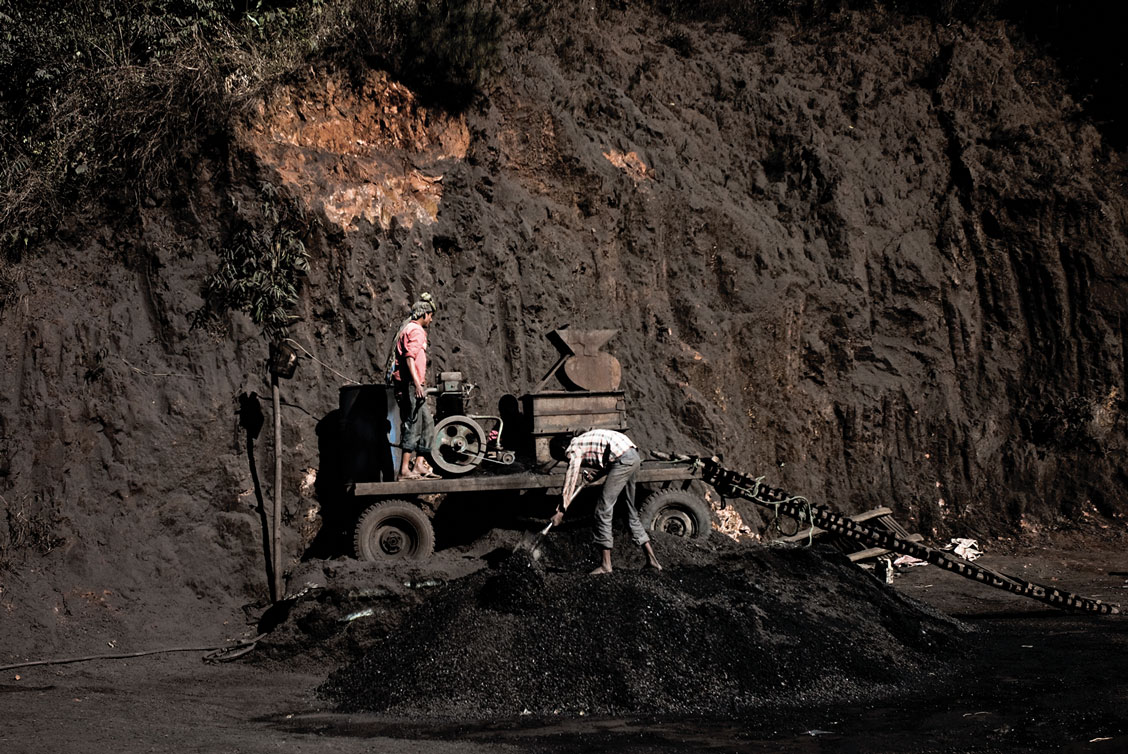

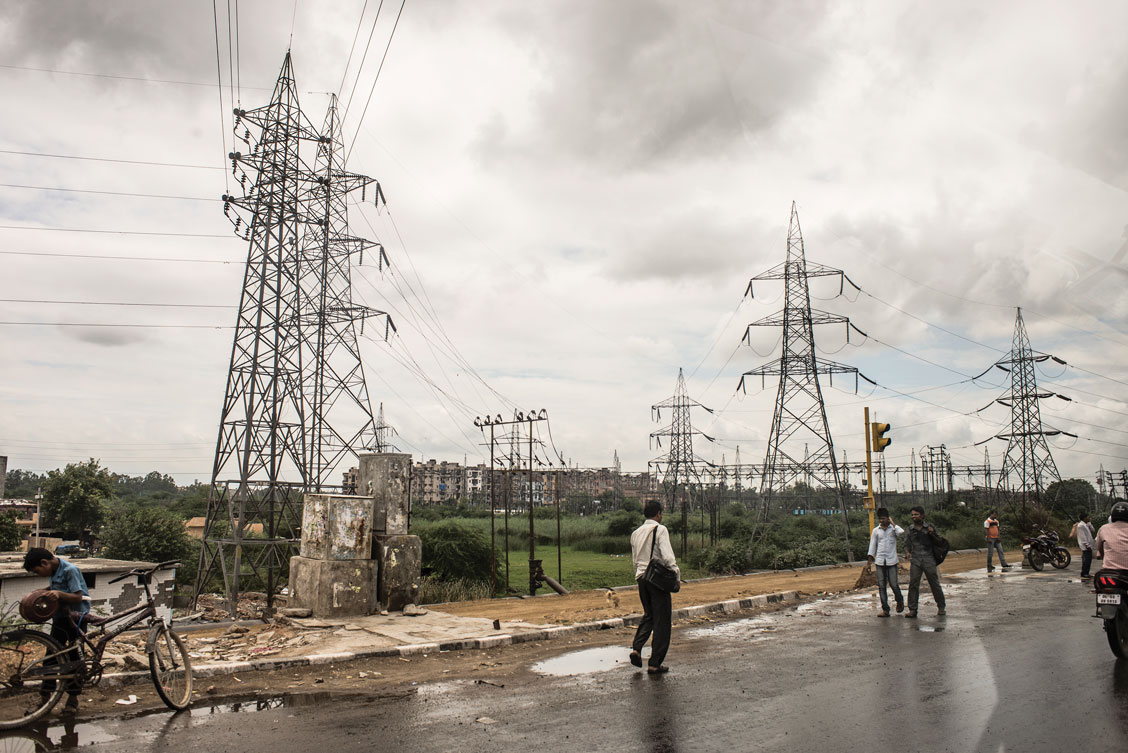
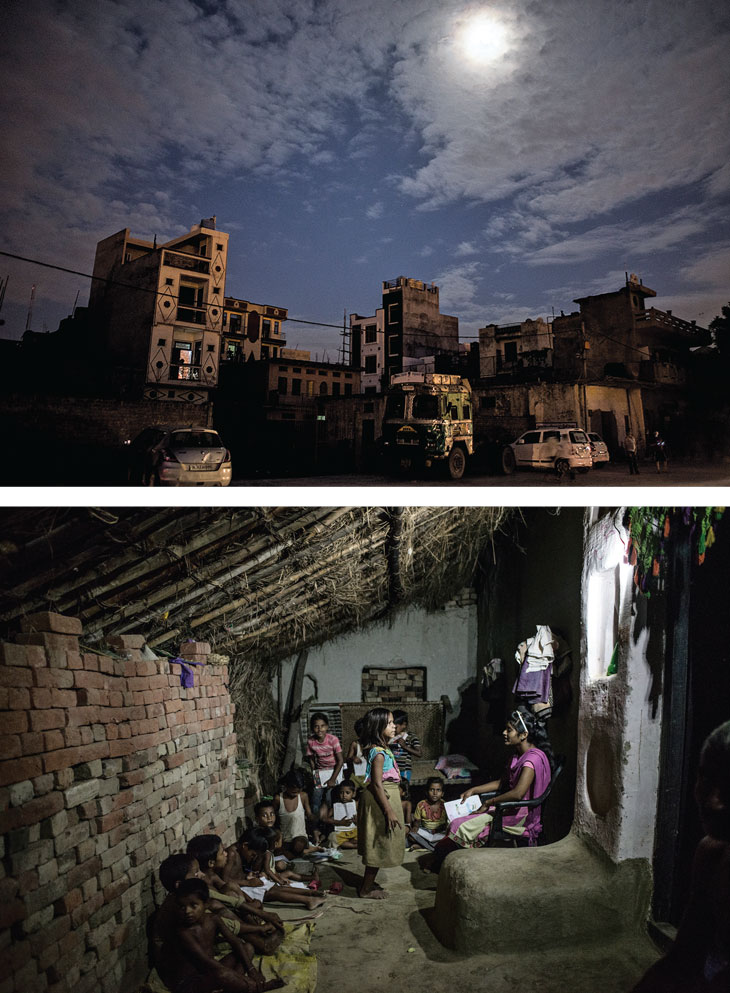
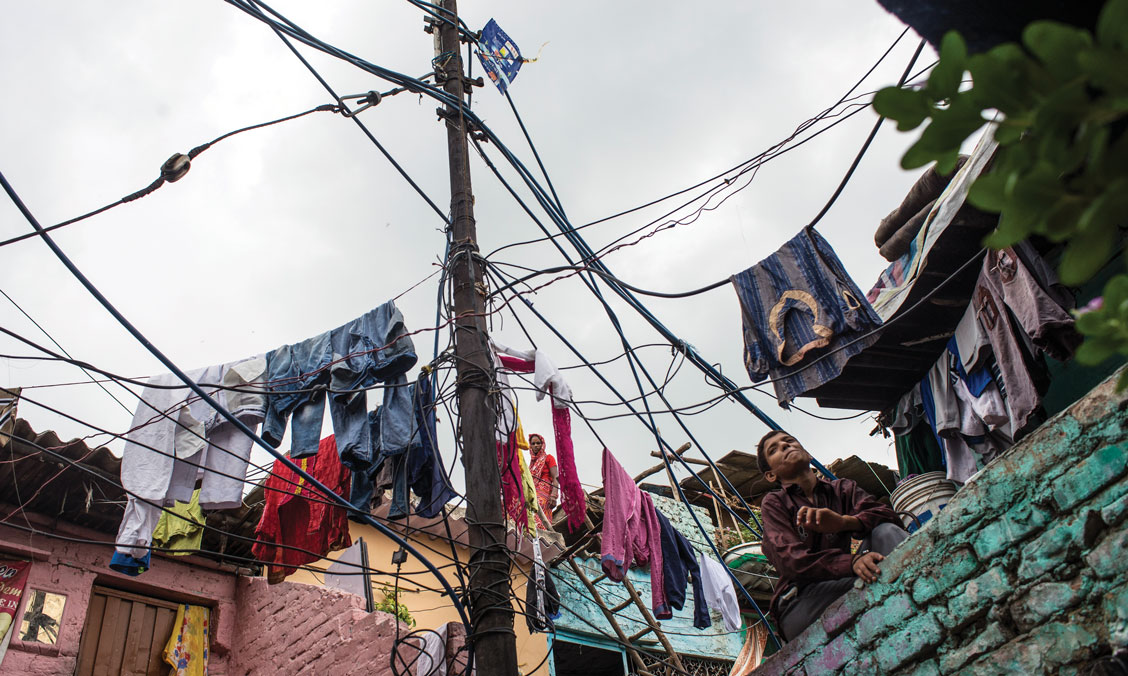

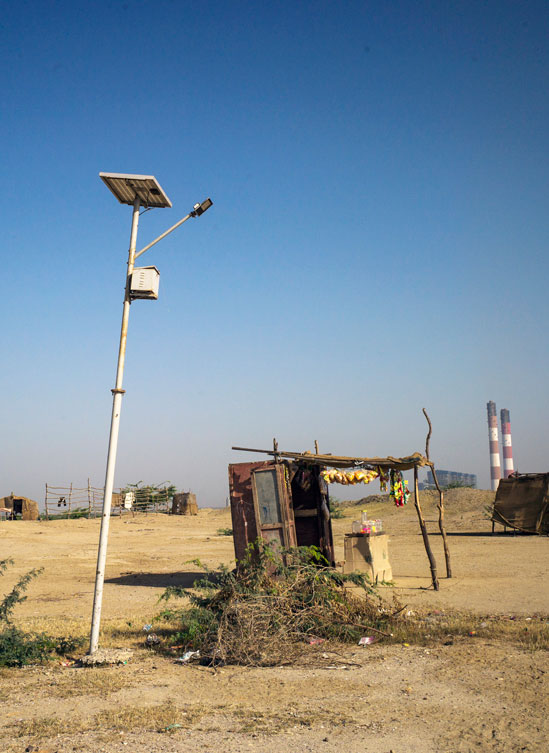
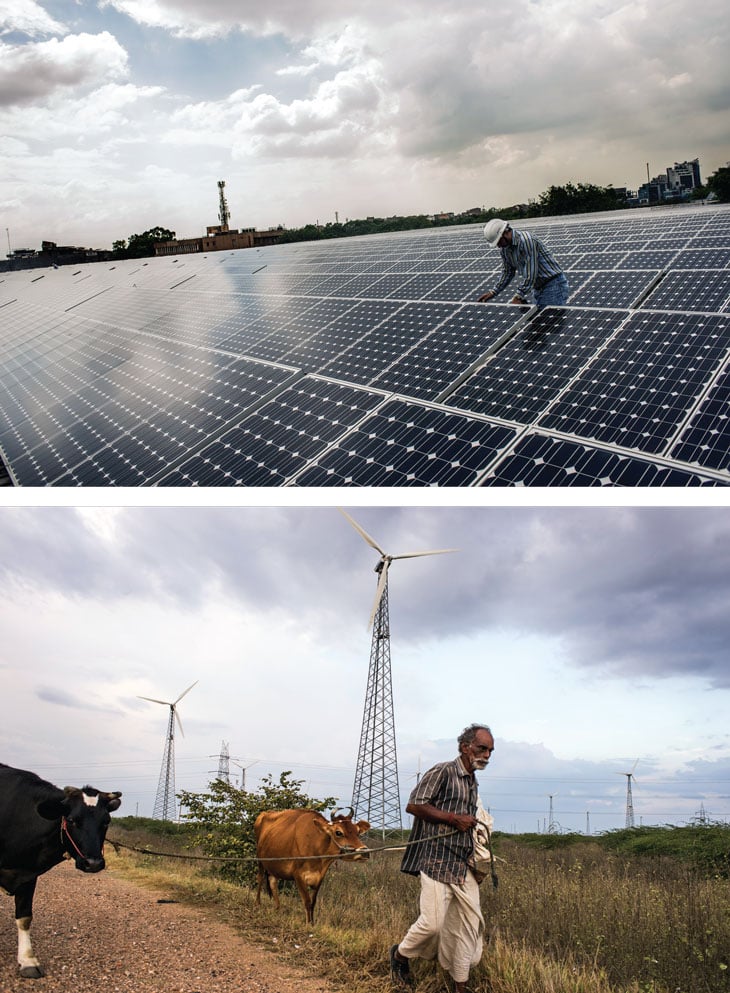
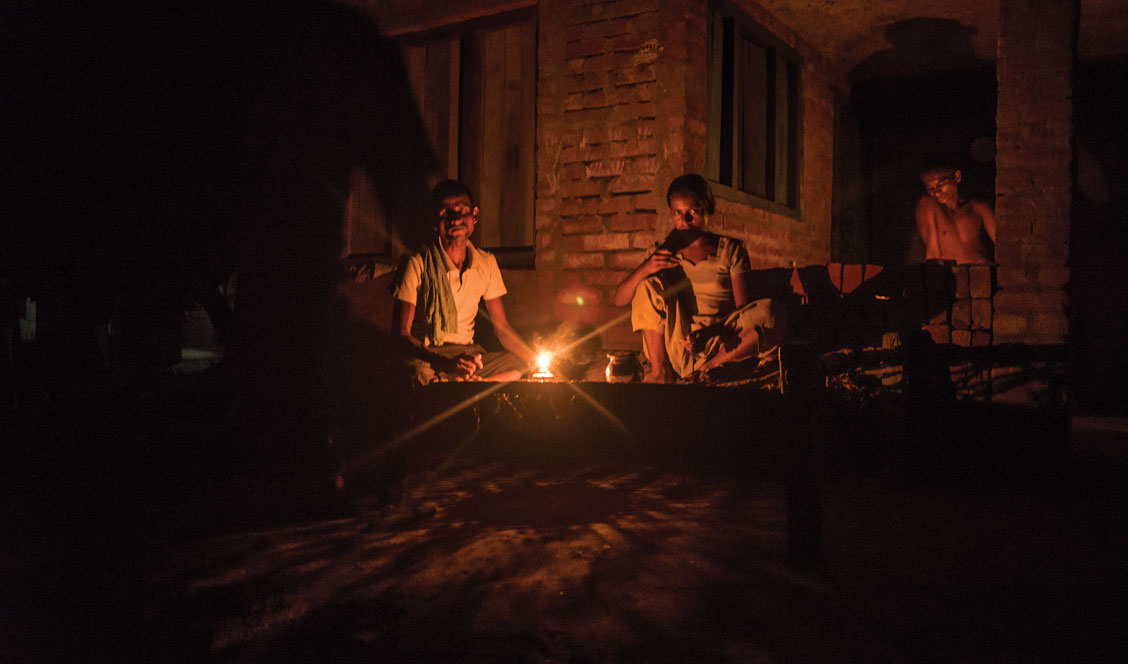
Can India modernize its manufacturing economy and supply electricity to its growing population without relying heavily on coal—and quite possibly destroying the global climate?
At least 300 million of India’s 1.25 billion people live without electricity ..... Another quarter-billion or so get only spotty power from India’s decrepit grid, finding it available for as little as three or four hours a day. The lack of power affects rural and urban areas alike, limiting efforts to advance both living standards and the country’s manufacturing sector. ....... Modi ... has promised to increase India’s renewable-energy capacity to 175 gigawatts, including 100 gigawatts of solar, by 2022. ..... (That’s about the total power generation capacity of Germany.) ...... India is attempting to do something no nation has ever done: build a modern industrialized economy, and bring light and power to its entire population, without dramatically increasing carbon emissions. Simply to keep up with rising demand for electricity, it must add around 15 gigawatts each year over the next 30 years. ......The country gets most of its electricity from aging, dirty coal-fired plants.
...... a massive 2012 outage that left more than 600 million people in the dark and drew attention to a utility sector in disarray, with an estimated $70 billion of accumulated debt. ...... China is now the world’s largest emitter of carbon..... Its population is expected to grow by another 400 million people over the next three decades, bringing it to 1.7 billion by 2050. ...... By 2050, India will have roughly 20 percent of the world’s population .....these younger politicians tend to be pragmatists, seeking to encourage economic growth through neoliberal policies such as deregulation and privatization of state industries.
Since his appointment, Goyal has emerged as a champion of renewable energy, calling for investments of $100 billion in renewables and another $50 billion in upgrading the country’s faltering grid. Almost every week he appears in the newspapers cutting the ribbon on a new solar power plant or wind farm or hydropower installation......... coal remains the cheapest source of power, and India’s coal industry has embarked on a building boom, doubling installed capacity since 2008. India consumes around 800 million tons of coal a year and could more than double that number by 2035 ..... Almost 70 percent of India’s electricity today comes from coal-fired plants. About 17 percent comes from hydropower, much of it from large dams in the northeast. Another 3.5 percent comes from nuclear. That leaves about 10 percent, depending on daily conditions, from renewables—mostly wind farms. ...... Over the next 25 years, “with the most aggressive assumptions in terms of renewables, we could go up to 18 or 20 percent from renewables,” Ramesh told me. “Hydro takes longer—it involves displacement of people and submergence of land, but we could expect that 17 percent contribution to go up to 25 percent. Nuclear is at 3.5 percent right now and, under the most aggressive assumptions, could go up to 5 or 6 percent. So under the best scenario—the most aggressive programs for nuclear, hydro, solar, and wind—bloody coal will still be at 50 percent.” In other words, while low- or zero-carbon sources would make up a greater portion of India’s energy supply, overall carbon emissions would nearly double: from around 2.1 billion tons in 2014 to more than four billion tons by 2040..........In 2012, when Modi was chief minister of the state of Gujarat, he presided over the launch of the world’s largest solar installation: a group of plants totaling nearly one gigawatt combined.
..... the government plans a program of building nuclear plants that would roughly triple capacity by 2024 and supply one-quarter of the country’s electricity needs by 2050. India also aims to further capitalize on its abundant potential for water power, particularly in the far northeastern states ....... the planned construction of an ultra-deepwater natural-gas pipeline across the Arabian Sea, from Iran to India’s west coast......building all these new projects will be extremely expensive, requiring a level of fiscal discipline and political will that India’s fractious, corrupt government has seldom achieved.
Modi, who has surrounded himself with a group of capable, mostly well-respected technocrats like Goyal, has limited power to compel the states to implement and enforce clean-energy mandates, beyond the promise of central-government largesse. Rules requiring utilities to use a minimum amount of renewable power have mostly been ignored. Key pieces of legislation, including important amendments to the Electricity Act of 2003, are stalled in parliament because few of the country’s politicians are willing to tackle the key issue: utilities are currently forced to sell electricity at below costs. Efforts to modernize the country’s antiquated utilities—as must happen if there is to be any chance of implementing Modi’s ambitious energy agenda—seem no closer to success than they did when he took office...........“The West will have to pay for the damage they have caused to the world and the planet,” Goyal said in a climate-change address in London in May.
........ Modi is trying to create a world-class renewable-energy industry while reforming a corrupt and bankrupt utility sector, growing the country’s manufacturing sector, keeping deficits low, and sustaining economic growth at around 8 percent a year. ......... Power losses in transmission and distribution across India average around 25 percent, and in some areas they can reach 50 percent. That means that half of the electricity being generated either never reaches an end user or is used but never paid for. Power losses in the developed world seldom reach 10 percent. For a grid about to be tested by the addition of large amounts of power from intermittent renewable sources, that outdated infrastructure is a huge problem............ the daily rolling brownouts that plague Delhi, along with most other Indian cities. With grid power uncertain, major Indian companies such as IT giant Infosys have installed their own power plants: Infosys is planning a 50-megawatt solar park to serve its offices in Bangalore, Mysore, and Mangalore.......Promising free water and electricity, without specifying a way to pay for it, is an old tradition in Indian state and local election campaigns.
Under the Aam Aadmi Party’s platform, Delhi families will get 20,000 liters of free water a month, and those who use less than 400 kilowatt-hours of electricity per month will get a 50 percent discount on their electric bills. Those subsidies will cost the government up to 16.7 billion rupees ($250 million) annually—and they will not help the discoms run profitable businesses......... Under the agricultural subsidies that have become the third rail of energy politics in India, farmers essentially get free power, which means the utilities that serve them lose money on every customer. Some of the loss is made up in handouts from the central government—but upgrading the grid will be of little use unless utilities can develop viable business models. The sector has been bailed out, to the tune of billions of rupees, twice in the last 13 years. The cumulative losses have increased so drastically that they could “pull down the whole growth agenda” of the Modi government .......Full reform, however, will require steps that remain politically off limits for now: complete privatization, less interference by state governments in utility operations, and, above all, an end to free electricity for farmers.
..... India’s vastness. ..... Expanding the grid to reach every home and business would require many trillions of rupees that the central and state governments simply don’t have. For many, gaining access to electricity through solar microgrids and other local power sources that bypass the traditional utility model is a far more practical option.........India’s energy problems will require solutions tailored to the country’s history, its technology and economy, and its place in the world.
..... Although Appapur is located inside a tiger reserve, the real problems are leopards, snakes, and wild boars. Leopards take 10 to 15 domestic cows and goats a year ...... A number of Indian and foreign providers, including fast-growing companies like Visionary Lighting and Energy and Greenlight Planet, are spreading small home solar systems across South Asia, driven by government incentives, plummeting costs for the technology, and high demand......... Every town in India, even the dustiest roadside hamlet, has banners and billboards advertising small battery and inverter systems. A new energy ecosystem is arising in complex and not always predictable ways...... The combination of failing utilities, heavy reliance on coal, a faulty grid, and an energy sector crippled by government subsidies and interference seems to argue that India has no chance: no path to economic growth and energy abundance except one that’s disastrous for the environment. But at ground level, the picture is more complicated and less bleak........ “The central government and outside investors are, naturally, focused on these big mega-projects, where they’re getting ridiculous financing, butthe real innovation is happening at the village level
,” says Anshu Bharadwaj, the executive director of the Center for Study of Science, Technology, and Policy, a Delhi think tank.“The most impactful way is to develop a large number of 100-kilowatt, half-a-megawatt projects that are distributed across the country, close to rural loads.”
........... You can’t extend the grid to every village and hut in India, but you also can’t develop and operate a 21st-century manufacturing base using unpredictable distributed solar power. ....... Bihar is typical of India’s rural states: it has more than 100 million people, less than one-fifth of whom have access to reliable electricity. The state discom is more or less bankrupt, subsidized electricity bills are artificially low, and electricity losses on the grid are close to 50 percent. The reach of the grid is random ...... “I visited a village today that doesn’t have electricity,” he told me in July,“and 100 meters away, the next village has good electricity. It’s confusing.
They may get it next month, next decade, or never.” ...... happens to be embarking on its modernization phase at a time when prices for renewable-energy generation, and for the technology to make it work at the local level, are starting to rival prices for traditional fossil-fuel-generated power. ...... Every microgrid and local solar system deployed reduces by a fraction the need to extend the grid; every new renewable-energy system installed by a business or factory reduces the pressure to build ultra-mega power plants........The Indian genius for adaptation and survival in chaotic and challenging circumstances
provides hope that the country can solve the seemingly insurmountable challenge of expanding its economy in a clean and sustainable fashion. In many ways there is no choice. “India cannot afford to replicate the American or Chinese ‘Grow now, pay later’ model,” says Jairam Ramesh. “We cannot afford to say, ‘We’re going to have 25 years of 8 percent GDP growth, then do a cleanup act later.’”









No comments:
Post a Comment